Abstract sculpture is big in the Basque Country – undoubtedly the most characteristic Basque art form. The two leading, and internationally known, figures are Eduardo Chillida (1924-2002) and Jorge Oteiza (1908-2003), leaders of the ‘Escuela Vasca’, the Basque School of sculpture. Their sculptures, and those of their pupils, can be found all over the Basque country, both in galleries and museums, and as public art in the streets and built into the landscape.
|
Cave paintings at Santimamine, near Gernika (not my photo) Abstract sculpture is big in the Basque Country – undoubtedly the most characteristic Basque art form. The two leading, and internationally known, figures are Eduardo Chillida (1924-2002) and Jorge Oteiza (1908-2003), leaders of the ‘Escuela Vasca’, the Basque School of sculpture. Their sculptures, and those of their pupils, can be found all over the Basque country, both in galleries and museums, and as public art in the streets and built into the landscape. Both sculptors were inspired to a great extent by Basque history and culture, as well as the general tendencies of modernism. Oteiza in particular (for instance in a 1963 essay called ‘Quousque Tandem: An Effort to Interpret the Aesthetics of the Basque Soul – Its Origin in the Neolithic Cromlech and its Restoration for Contemporary Art’) wrote about the long sweep of Basque art back to the extraordinary prehistoric cave paintings and dolmens (example below, not my photo) which can be found around the wild hills of the Basque Country, and incorporated these influences into his theories about and the relationship between people, art and the landscape. Both sculptors play with space enclosed by spheres and lines, and with materials that evoke Basque landscape and history, such as granite and the rusting ship steel that we also see in Serra’s sculptures in the Guggenheim and in the shell of the Euskalduna concert hall. A huge Oteiza sculpture occupies a focal position outside the town hall in Bilbao: One of Chillida’s massive quasi-prehistoric monuments is at the top of the dramatic riverside steps by the Zubiburi bridge: This very beautiful Chillida cross is situated in one of the churches in San Sebastian: In San Sebastian, too, there is a series of sculptures around the bay, including one of Chillida’s most famous – El Peine del Viento – ‘The Comb of the Winds’: A big Oteiza sculpture sits opposite it on the other side of the mouth of the bay: And here is another Chillida sculpture in San Sebastian with the Oteiza sculpture in the background: The Bellas Artes (Fien Arts) Museum in Bilbao also has a great collection of sculptures by Chillida and Oteiza: And the most influential of their pupils, Nestor Bastorretxea, has an exhibition at the museum this month: The Bellas Artes - a fantastic art gallery, with one of the best collections in Spain - also has a very interesting collection of paintings by Basque artists. A very particular style of Basque nationalist art – somewhat muscular and idealised depictions of Basque village and harbour life – developed early in the twentieth century. The Arrue Brothers (Ramiro, Alberto, Ricardo and Jose) are the most celebrated exponents of the style, although each had their own sub-style. Jose Arrue, the most well-known, tended towards a popular illustrative style, often painting big canvases depicting Basque village festivals. Although sentimental, they are beautiful, and, having been at one of these festivals (at Bermeo – see earlier post), I can vouch for the way in which they get their spirit across – both people and landscape. They also seem reminiscent of some of the poster art of 1930s Britain. (Photos of paintings below taken from the internet.) These pictures have become symbolic of Basque folk culture, and can, for instance, be seen on the lids of boxes of chocolate on sale at a branch of Arrese, the premier Bilbao cake and chocolate shop: Despite Jose’s popular style, the Arrue brothers mixed in the most distinguished artistic circles in France and Spain, and others of their paintings show their ‘high art’ credentials clearly – for instance, Ricardo Arrue’s ‘Harbour’ (1932) and Ramiro Arrue’s ‘Basques Playing Cards’ (1919): Two other brothers, Ramon and Valentin Zubiaurre, also painted in a similar style. Here are two by Valentin Zubiaurre, ‘Bertsolaris’ (1916) and ‘For the Victims of the Sea’ (1914): Another very striking artist of this group is Aurelio Arteta. Here’s his ‘Countryman with Cow and Calf’ (1914): And this is a very powerful later painting of his, ‘War Triptych’ (1937), painted during the Spanish Civil War Here’s one by Manuel Losada, ‘The Rowers’ (1912), which depicts exactly the scene we saw a few months ago – 100 years exactly after the painting –rowers at the regatta in Bermeo: Apart from the Basque art (of which I’ve only mentioned a small element), the Bellas Artes museum is full of treasures, from great medieval sacred Spanish works to modern and contemporary international works, and we’ve spent several happy weekend afternoons in there. The building itself is an early 20th century redbrick museum which has been enveloped imaginatively by a new glass building. It overlooks the 19th century ´central park´ of Bilbao, built, like many other things in 19th century Bilbao, in imitation of British models, in this case clearly an attempt to recreate the British municipal arboretum. There are fine museums of modern and older art in both San Sebastian (San Telmo Museo) and Vitoria (‘Artium’ and the Bellas Artes Museum) too, containing many Basque works, as well as in the French Basque town of Bayonne (Musee Basque).
1 Comment
7/5/2019 09:57:30 am
Sculpture had been part of our tradition even before we were born. It's an old practice and a form of art which is loved by many, that's why I am really looking forward to see more sculptors' stories and see how they ventured into it. For sure, it is the passion that keep them doing this complicated art, but they still pushed through with the said desire. Thank you for showing all these beautiful photos as I was impressed by all of these!
Reply
Leave a Reply. |
Bilbao Bloggings
A year in Bilbao Archives
September 2013
Categories |


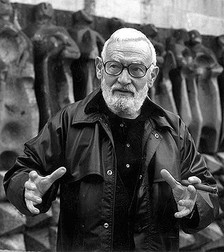
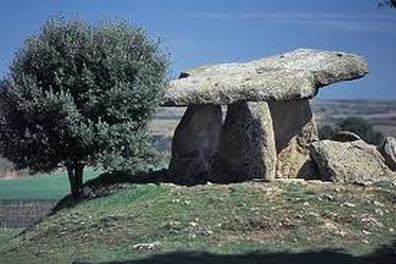



















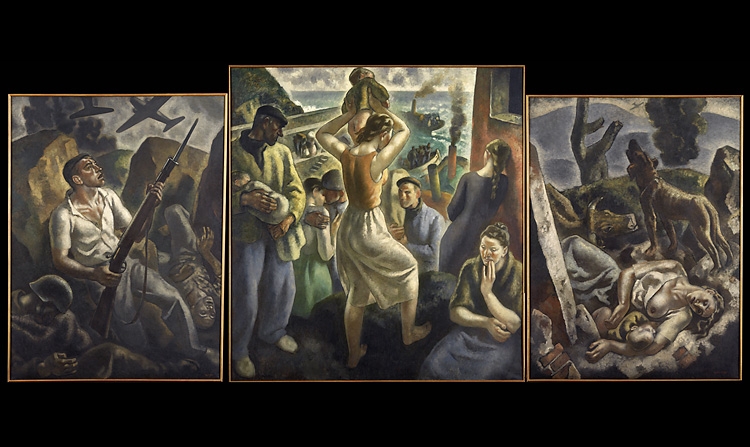
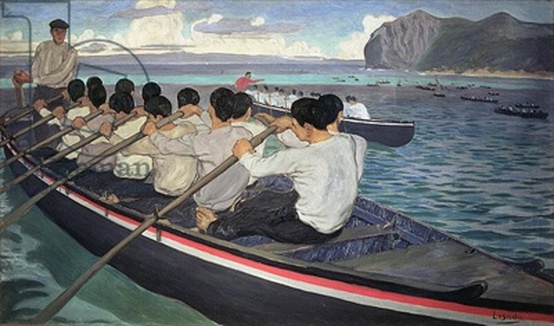






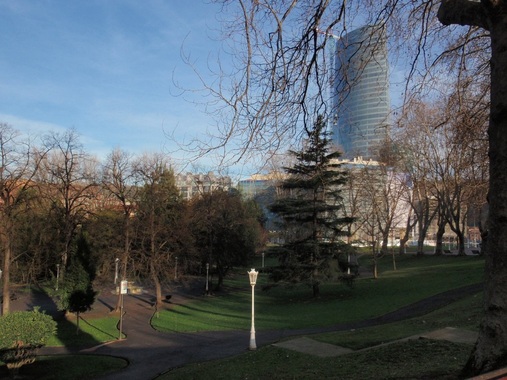



 RSS Feed
RSS Feed